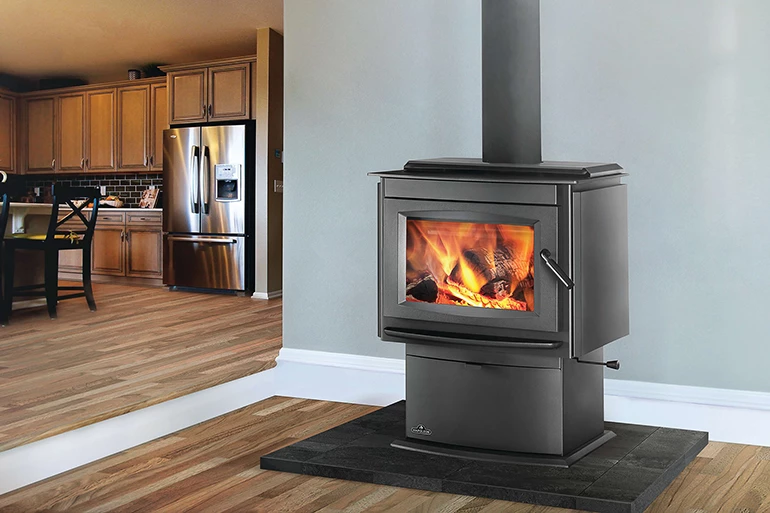What Is The Difference Between Wood Stove Coverage And Efficiency?
When picking a wood stove for your home, there are many things you have to consider. Venting, deciding between a wood stove and a wood fireplace and fireplace accessories are only a few. Coverage and efficiency are also important concepts to understand if you want to get the best fireplace for your space.
Because there is a lot of confusion on the difference between coverage and efficiency, we created this article to guide you through the terminology and help you select a wood stove that is right for you. When talking about coverage you need to know that coverage refers to the amount of space your stove or fireplace can heat. With an open front wood fireplace, coverage is best determined by looking at BTU's. A simple math equation can help you figure out how much fireplace will be enough to heat your space.
-

- wood stove
For most places, you can figure out the square footage of the space ( length x width ) you want to heat and multiply it by 30 to determine the BTU's you need. In colder places, you may need to up the number you multiply by to 40, to account for the extra strain on the unit. In the warmest climates, you can multiply your square footage by 15 to get a good estimate for the BTUs needed to heat your space.

